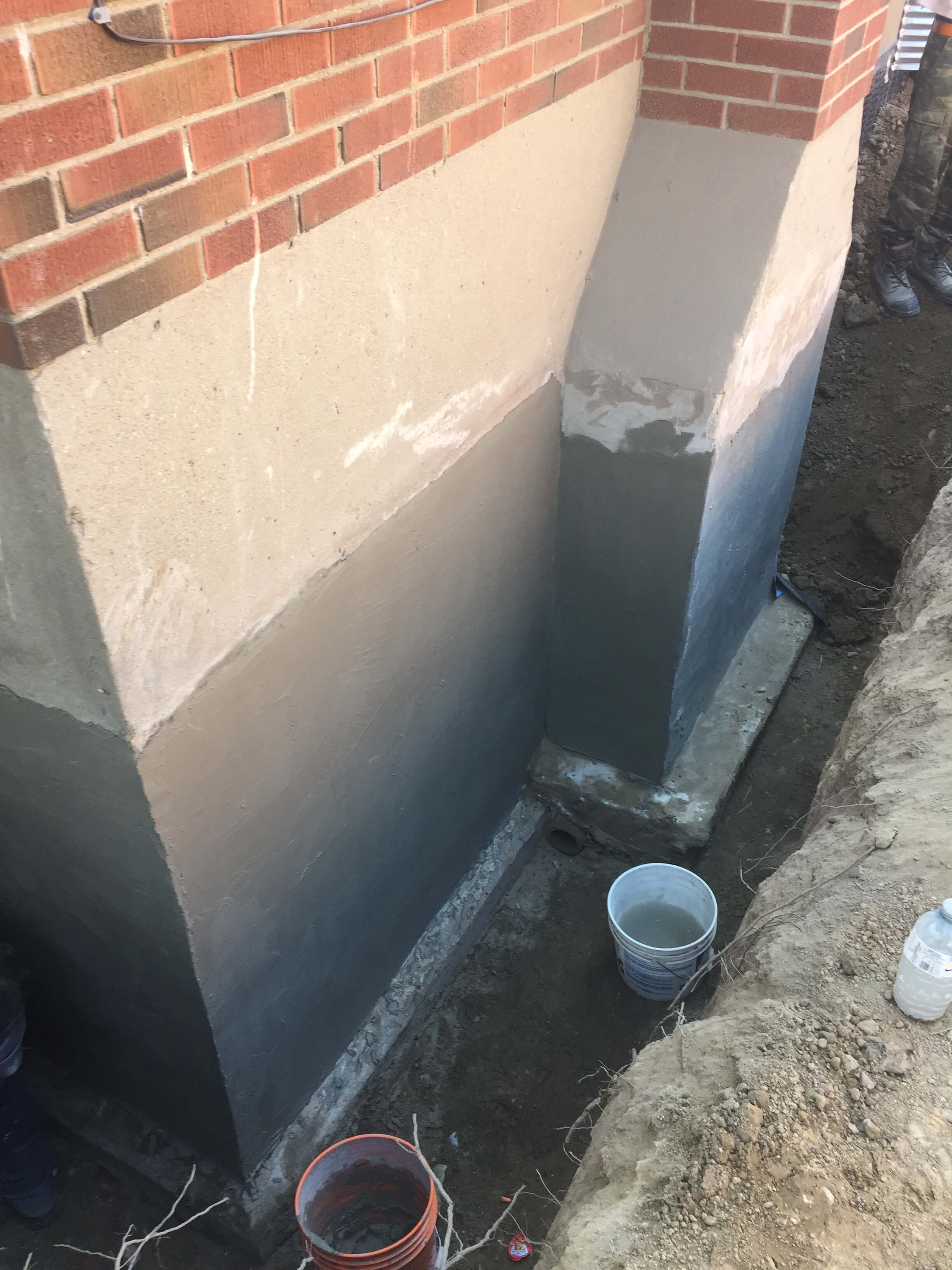Waterproofing is an essential aspect of any home that is typically neglected until it’s too late. Proper waterproofing protects your investment by stopping water damage, which can lead to high repair costs and potential health risks due to mildew and fungus. Whether it's the roof, base, or lower level, understanding the optimal waterproofing techniques can save you a lot of money and ensure a secure living environment.
As we delve into the comprehensive guide for waterproofing, we'll explore the various methods available, challenge common fallacies, and discuss crucial signs that indicate your property may need immediate attention. From waterproofing flat roofs to basement waterproofing, we'll address everything you should know to effectively defend your home against water-related damage. With our insights, you can choose wisely and select the best method for your particular circumstances.
Essential Water sealing Approaches
One of the most reliable techniques for waterproofing roofs is the use of membrane solutions. These membranes can be made from compositions such as polyvinyl chloride, thermoplastic olefin, or ethylene propylene diene monomer material. They create a continuous barrier that prevents water infiltration and can easily be installed on level or gently sloped roofs. Additionally, these solutions come with different warranties and can last for a long time when adequately maintained, making them a cost-effective choice.
Another popular method involves using liquid waterproofing applications. These treatments are applied directly to the roof surface and can provide a robust protective layer against water damage. They are particularly ideal for irregular surfaces and complex roof shapes. Liquid applications can also offer UV protection and help maintain energy conservation in buildings by reflecting sunlight and reducing cooling costs.
Lastly, roof sealing is a vital waterproofing method that involves the use of a seal to seams, joints, and penetrations where water can enter. a fantastic read is particularly essential for roofs with many features, such as chimneys or vents. Regular maintenance and recoating of sealants can significantly extend the life of a roof and ensure that it remains sealed, protecting your investment and reducing the need for costly repairs down the line.
DIY vs. Expert Waterproofing
When considering waterproofing for your residence, one of the first determinations you need to make is whether to tackle the project on your own or hire a professional. DIY waterproofing can be a budget-friendly option, enabling homeowners to save on expenses related to labor. There are many products available for DIY enthusiasts, from adhesives to waterproofing membranes, which can be applied with relative ease. However, effective Do-It-Yourself waterproofing requires a strong understanding of the materials and techniques involved, as well as proper planning to ensure sustainability.

On the flip side, expert waterproofing services come with the knowledge and experience necessary to address even the most complex situations. Professionals have access to proprietary equipment and premium materials that may not be readily available to the average homeowner. They can conduct detailed assessments of your property to recognize vulnerabilities and apply holistic solutions that reduce the risk of water damage. While this option incurs higher upfront costs, it can ultimately be cost-effective by averting future repairs due to improper installation.
At the end of the day, the choice between Do-It-Yourself and professional waterproofing depends on your expertise, financial situation, and the nature of the project. If you feel assured in your abilities and have a manageable area to waterproof, a Do-It-Yourself approach might be appropriate. However, for larger projects or areas with serious water exposure, enlisting a specialist can ensure that the job is done right, safeguarding your investment and providing security.
Cost of Ignoring Waterproofing
Ignoring waterproofing in your property can lead to considerable financial consequences. Water damage often manifests in the form of mold growth, weakened structural integrity, and deteriorated materials, all of which can be expensive to remedy. Homeowners who ignore initial signs of water intrusion may find themselves facing extensive renovation projects, which can consume their savings and cause disruptions in their daily lives. The financial burden of fixing water-related issues typically greatly surpasses the cost in proper waterproofing solutions.
Furthermore, ignoring waterproofing can have a lasting impact on property value. Water damage can lead to decreased appraisal values and make the property more difficult to sell to potential buyers. Most prospective homeowners perform thorough inspections before purchasing, and the revelation of water damage can deter buyers or decrease their offers significantly. In many cases, properties with a history of leaks or water damage remain on the market longer – a circumstance that leads to lost opportunities and financial losses for sellers.
Ultimately, the emotional toll should not be dismissed. Dealing with water damage can be very stressful. It frequently requires prompt decisions when it comes to repairs and can disrupt the day-to-day lives of those affected. Opting for waterproofing as a protective measure can provide assurance and help avoid the chaos associated with managing water damage down the line. Spending in waterproofing at this moment ensures a more protected living environment for years to come.
